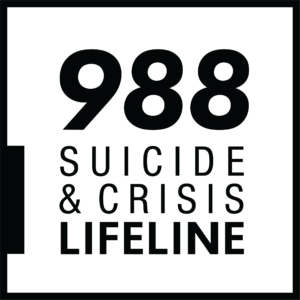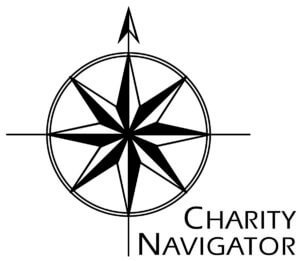The work of suicide prevention has been based on multiple iterations of research to identify what works. And for years, Samaritans and other suicide prevention organizations have gone into schools to teach those best practices to young people in largely the same, consistent way.
But Steven Karaiskos, our Senior Director of Community Education & Outreach, often wondered if there was room for growth in the way we equip young people with suicide prevention skills.
“As an educator for over 20 years, I often wondered if our young people were truly understanding how to apply the skills they were receiving – especially when suicide and suicidal ideation rates continue to be high,” Steven said. “I thought to myself – What if we connect suicide prevention research to recent research in how to best teach this generation of young people?”
And that’s exactly what we have decided to do.
For our work to grow in its impact, we need to be ready to grow and evolve in the way we deliver our services. This year, we are focusing on how to better reach young people.
What have we learned so far?
1. Young people are seeking community.
Our young people no longer respond to lecture-style teaching. They want to connect, converse, and interact with each other.
2. They want to feel autonomous.
Young people don’t want to stop at learning about a topic. They want to have the chance to apply and practice what they are learning. Having the opportunity to use what they are learning empowers them and gives them a sense of autonomy.
3. This is a generation who cares.
While the media often paints young people as more disconnected from society, this generation cares deeply about pressing social issues like climate change, racial justice, and mental health. They want to contribute to social causes they care about.
As Steven says, “We worry about the young people as we should, but we also have to lean into who they are.” This is why we have begun to evolve the way we provide suicide prevention education.
Here are three ways we are growing this year that we want you to know about:
1. We are focusing on “storycatching.”
As Steven explains, “Humanity wants to be witnessed and to be heard. …That’s the idea of empathetic listening. This is about teaching young people to be able to tell their story and for others to be able to catch that story, to receive it, and to truly listen and share in it.” We are now focusing more on creating space in our workshops for young people to tell their stories and to hear each other’s stories. By practicing empathetic listening, they will feel more empowered to use this lifesaving skill in their life.
2. We are designing learning with communities.
For years, suicide prevention has sung one song, and for every community, suicide prevention education has looked very similar. However over the last few years, research and data have shown that suicide and mental illness are impacting communities in different ways. At Samaritans, we are spending time considering how we can join the “songs” of other communities, rather than trying just to teach them ours. We are listening to the melody of each community and getting their input on how our workshops can best work with young people based on their identity, culture, and race.
3. We are extending the learning.
Traditionally, our workshop would be a one-day session at a school. What we have learned is that students need to have recurring opportunities to explore the topic of suicide prevention through conversation, connection, and application. In our workshops, we now invite young people to journal or to draw their reflections. The instructor also gets to more deeply connect with students by asking them about their work. We also get to check in with them about how they have been able to apply what they are learning. We believe multiple touchpoints with young people enables the learning to stick for the long-term.
We are excited about the chance to grow and evolve to better meet the needs of our young people. If you are part of a community or would like to help connect us to a community where we can reach young people, please reach out and let us know.









